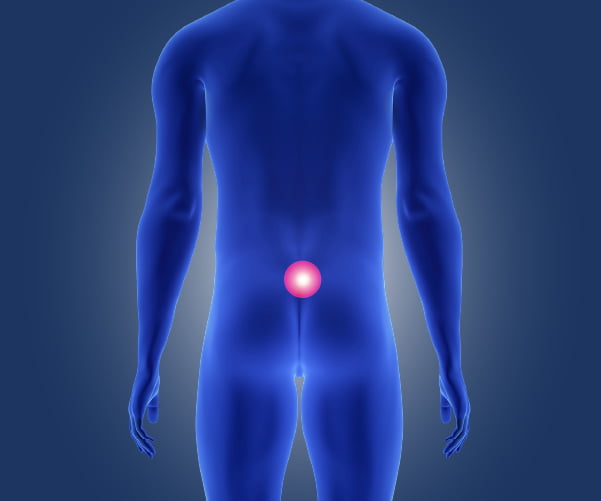What is it? A pilonidal cyst is an abnormal pocket of the skin, usually on the top of the buttocks containing hair and skin debris. A pilonidal sinus is a small hole or tunnel at the skin in the same area which communicates with the cyst.
Why it happens: Pilonidal cysts develop when hair in-grows and becomes embedded in the skin.
Frequency: It is more frequent in young men. People who sit for prolonged periods of time, such as professional drivers, are predisposed to the development of pilonidal cysts. Obesity, inactive lifestyle and excess of hair in the area are also risk factors for developing a pilonidal cyst. The problem has a tendency to reoccur, sometimes even after surgery.
